Immersing ourselves in the great outdoors can be a thrilling adventure. The rustling leaves, the chirping birds, and the fresh air create an enchanting atmosphere. However, the wilderness comes with its own set of challenges, particularly when it comes to encounters with wildlife. Whether you’re an avid hiker, a casual camper, or someone who enjoys the occasional nature walk, understanding how to handle situations where you get stung, bitten, or scratched by wildlife is crucial. These incidents can range from minor annoyances to potentially serious medical emergencies, and knowing the right steps can make all the difference.
Understanding the Risks of Wildlife Encounters
Encountering wildlife can be both exhilarating and intimidating. While most animals are more afraid of humans than we are of them, there are instances where you might find yourself on the receiving end of a sting, bite, or scratch. Common culprits include bees, wasps, snakes, spiders, and even larger mammals like raccoons or foxes. Each of these animals poses different risks, ranging from mild irritation to severe allergic reactions or venomous bites. It’s essential to be aware of the wildlife in the area you’re exploring and understand the potential risks associated with each species.
First Steps After a Sting or Bite
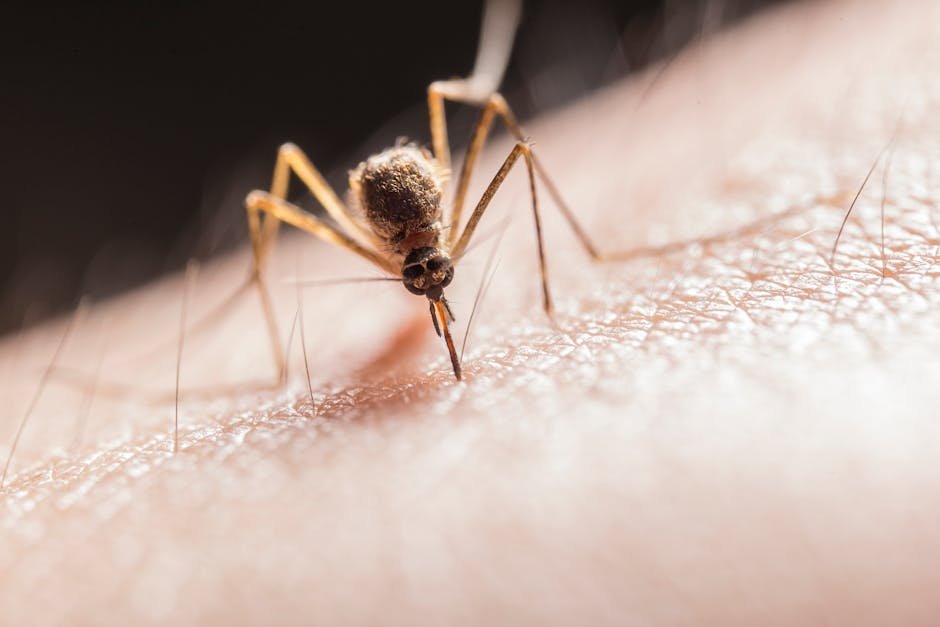
When stung or bitten by wildlife, your initial reaction might be panic. However, staying calm is vital. The first step is to safely distance yourself from the animal to prevent further harm. Once you’re in a safe location, assess the injury. If stung by an insect, gently remove the stinger using a credit card or fingernail, avoiding squeezing it, as this can release more venom. For bites, clean the area with soap and water to reduce the risk of infection. Applying a cold compress can help reduce swelling and discomfort. Remember, time is of the essence, especially if you suspect a venomous bite.
Recognizing and Responding to Allergic Reactions
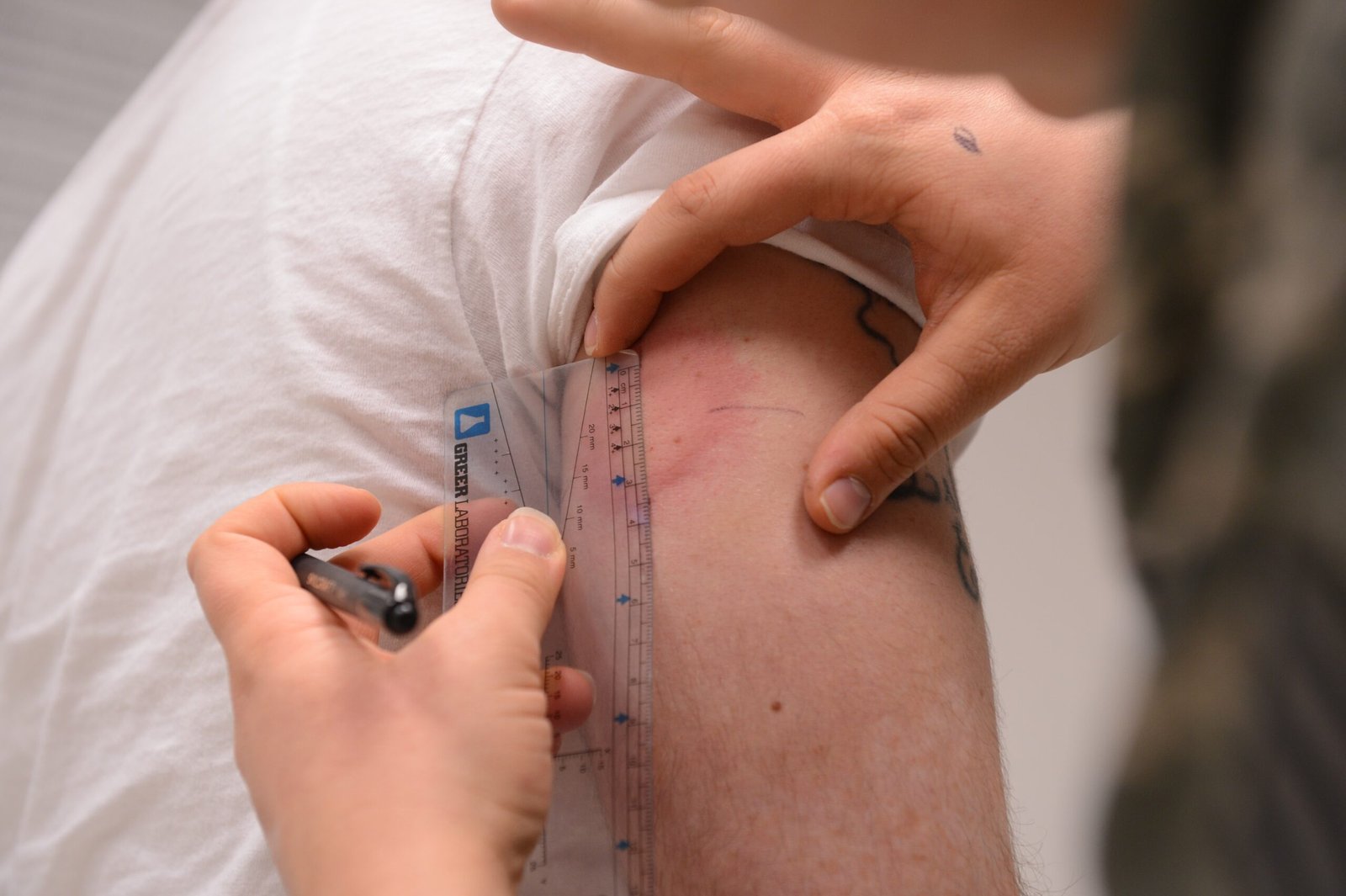
Allergic reactions are a serious concern following a wildlife sting or bite. Symptoms can vary, but common indicators include hives, difficulty breathing, swelling of the face or throat, and dizziness. If you or someone you’re with experiences these symptoms, seek medical attention immediately. Carrying an epinephrine auto-injector, especially if you have known allergies, can be lifesaving. Administer it as directed and call emergency services. Being prepared and knowing how to recognize an allergic reaction can significantly improve the outcome.
Dealing with Venomous Bites
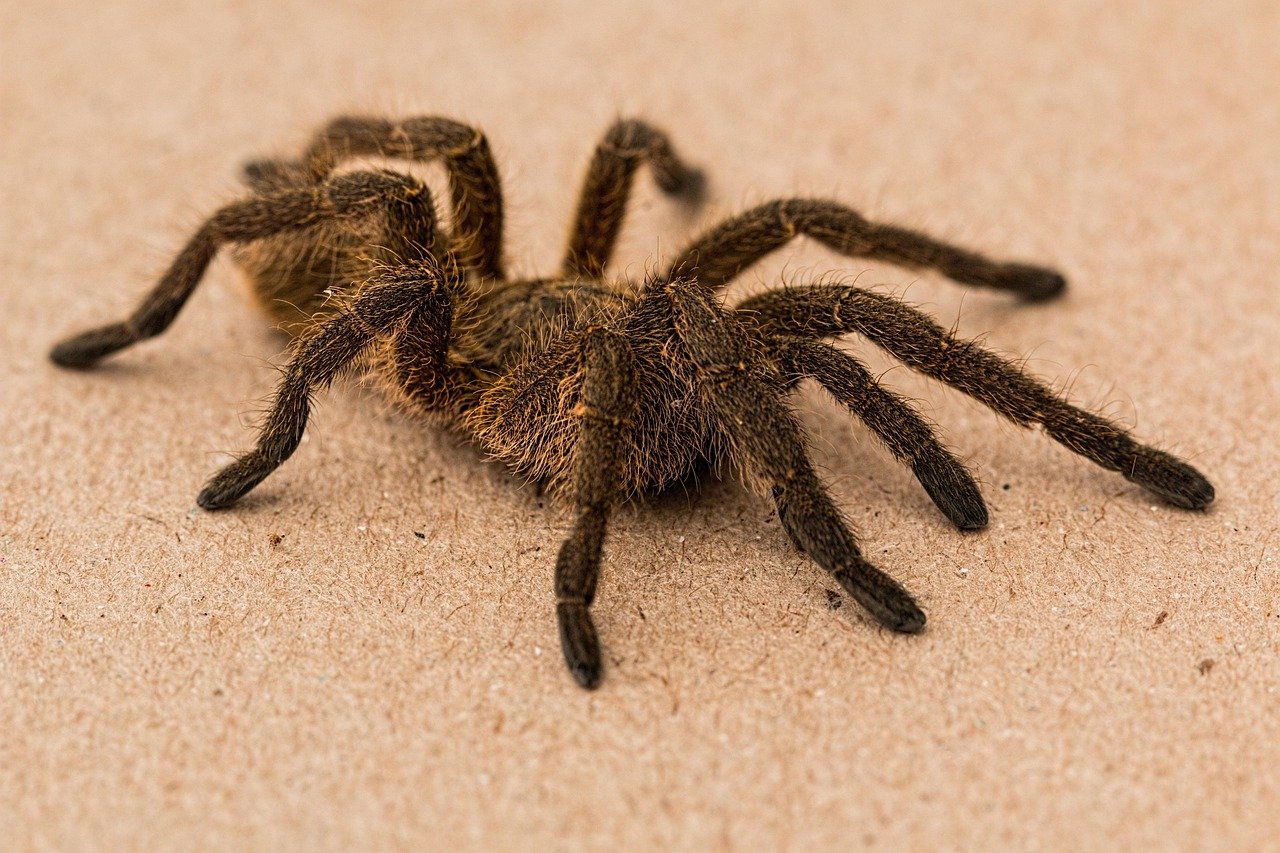
Venomous bites require prompt and effective action. Snakes and certain spiders are the primary concerns here. If bitten by a venomous snake, try to remain as still and calm as possible to slow the spread of venom. Keep the bitten area below the heart and avoid applying ice or a tourniquet. For spider bites, clean the wound and apply a cool cloth. In both cases, seek immediate medical attention. It’s helpful to remember the appearance of the animal, which can assist healthcare providers in administering the appropriate treatment.
Managing Scratches from Wildlife

While scratches might seem less severe than bites or stings, they can lead to infections if not properly treated. This is especially true if the animal is wild or stray, as there’s a potential risk of rabies. Clean the scratch thoroughly with soap and water, and apply an antiseptic. Keep an eye on the wound for signs of infection, such as redness, swelling, or pus. If the scratch comes from a potentially rabid animal, consult a healthcare professional about the need for rabies vaccination.
Tetanus Risk and Vaccination
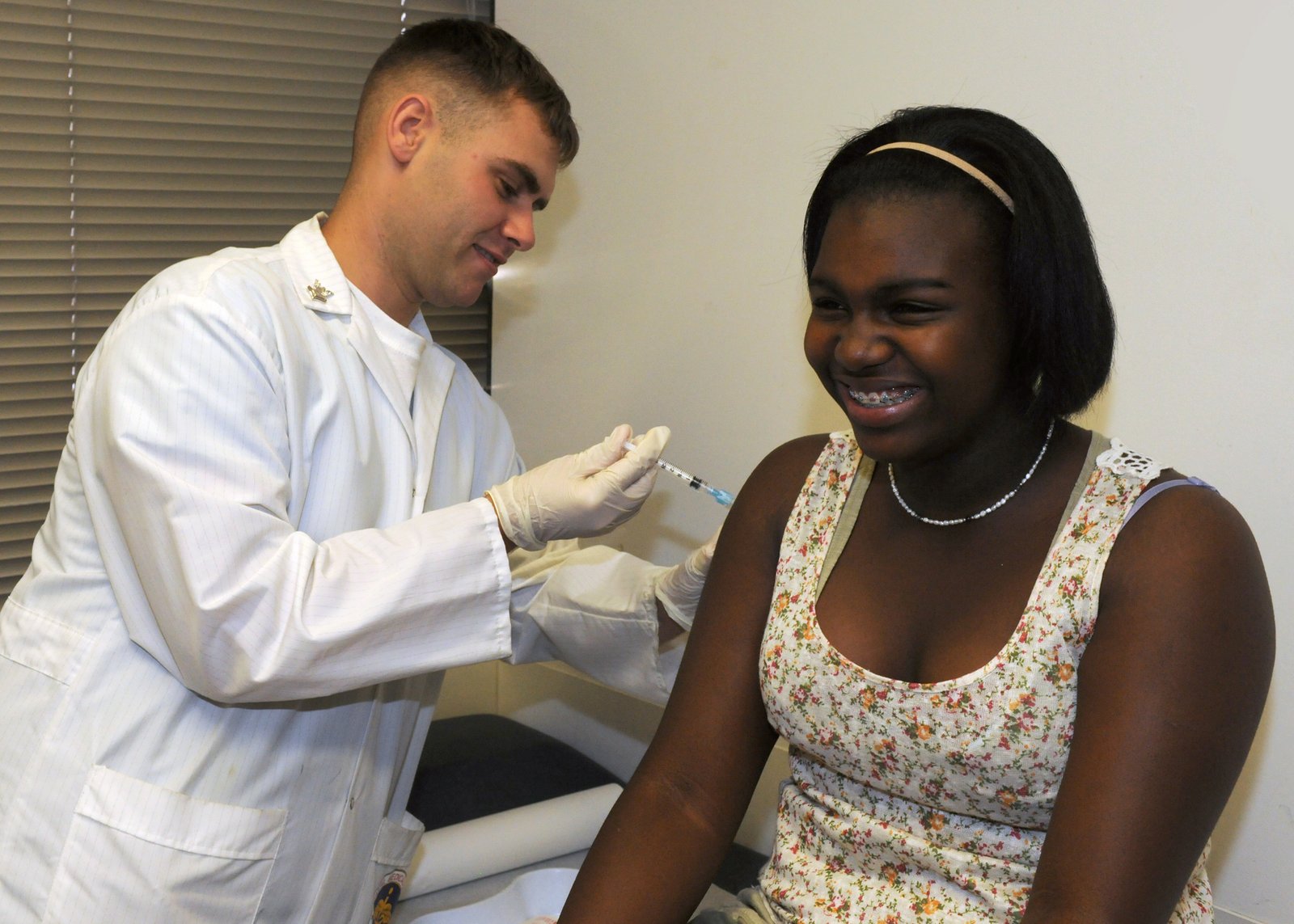
Tetanus is a concern with any injury involving a break in the skin, like bites or scratches. This bacterial infection can be severe, leading to muscle stiffness and spasms. If it’s been more than five years since your last tetanus booster and you’ve sustained a wildlife-related injury, it’s advisable to get a booster shot. Keeping your vaccinations up to date is a simple yet effective way to protect yourself from this potentially life-threatening disease.
Preventive Measures for Wildlife Encounters
Prevention is always better than cure. To minimize the risk of wildlife encounters, stay on designated trails, wear protective clothing, and use insect repellent. Educate yourself about the local wildlife and their habitats to avoid inadvertently disturbing them. Carry a basic first aid kit, including antihistamines and a snakebite kit if you’re in an area known for venomous snakes. Being proactive and prepared can significantly reduce the likelihood of a negative encounter.
When to Seek Professional Medical Help

Deciding when to seek medical help can be challenging. If you’re unsure about the severity of a sting, bite, or scratch, err on the side of caution. Seek professional advice if the wound shows signs of infection, if you experience unusual symptoms, or if the injury involves a potentially dangerous animal. Medical professionals can provide the necessary treatment and peace of mind, ensuring that your encounter doesn’t lead to further complications.
The Psychological Impact of Wildlife Encounters
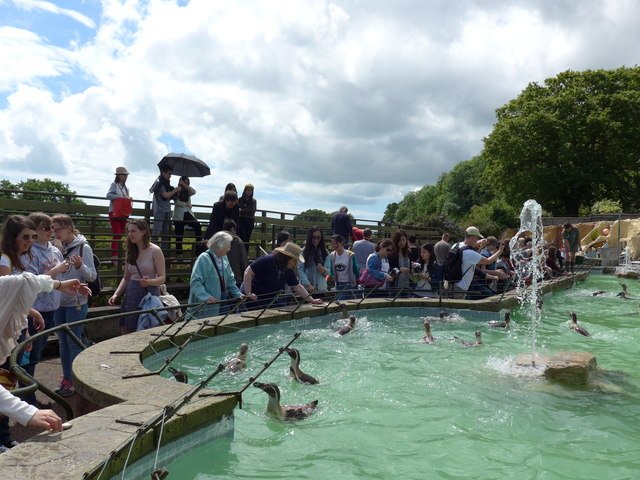
Beyond the physical effects, wildlife encounters can have psychological impacts, such as anxiety or fear of returning to nature. It’s essential to address these feelings, as they can hinder your enjoyment of the outdoors. Sharing your experience with others, joining support groups, or consulting a therapist can be beneficial. Remember, it’s natural to feel apprehensive, but with time and positive experiences, you can regain confidence in exploring the wilderness.
Embracing the Beauty and Thrill of Nature
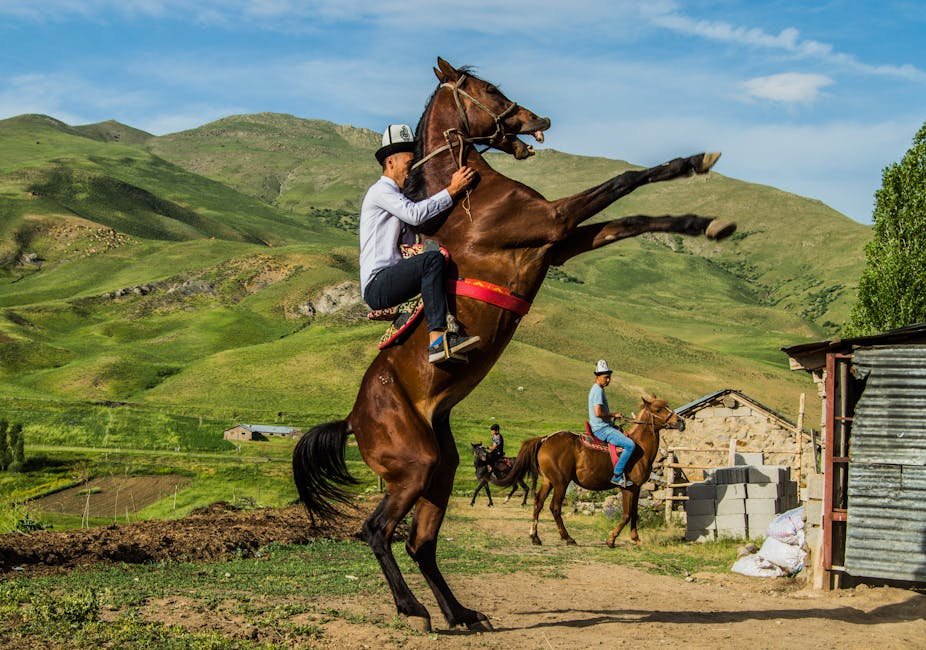
Despite the risks, the beauty and thrill of nature are unparalleled. Wildlife encounters, even those that result in minor injuries, can be valuable learning experiences. They remind us of the delicate balance between humans and nature. By respecting wildlife and taking appropriate precautions, we can continue to enjoy the wonders of the natural world while ensuring our safety. Embrace the adventure, stay informed, and make the most of your outdoor experiences.




